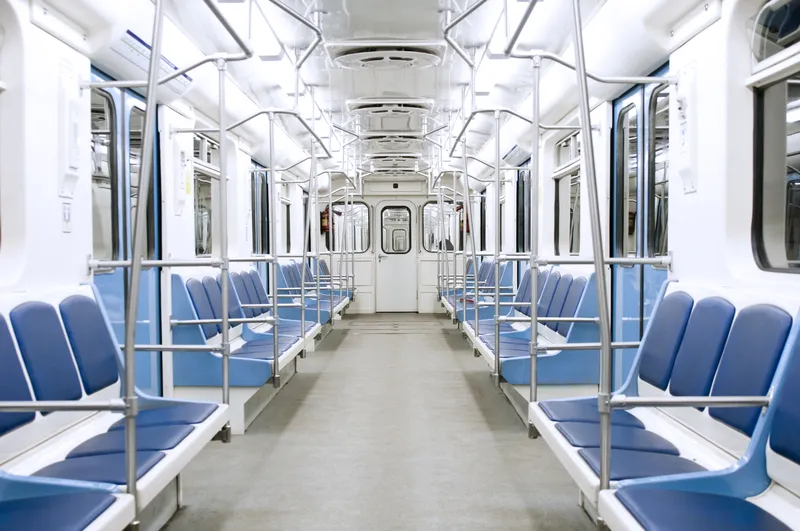According to Ingo Flomer, director of Product Management of UK company Axell Wireless, UK transport secretary Patrick McLoughlin’s intention to upgrade the rail network to enable passengers to access high-speed mobile broadband does not go far enough to promote an integrated communications infrastructure that supports cellular (3G and 4G) coverage on-board trains.
Flomer says the UK has significant technological hurdles to overcome to connect rail passengers to the cellular network. The coverage would ha
October 2, 2013
Read time: 2 mins
According to Ingo Flomer, director of Product Management of UK company 7510 Axell Wireless, UK transport secretary Patrick McLoughlin’s intention to upgrade the rail network to enable passengers to access high-speed mobile broadband does not go far enough to promote an integrated communications infrastructure that supports cellular (3G and 4G) coverage on-board trains.
Flomer says the UK has significant technological hurdles to overcome to connect rail passengers to the cellular network. The coverage would have to extend throughout the entire 14,480 kilometres of UK passenger and freight network, along with the notorious black spots found in cuttings and tunnels. UK rail operators, along with5021 Network Rail, can overcome the particular logistical problems of installing cellular networks across such an extensive area.
There are also significant technical issues posed by modern train rolling stock. Radio frequency (RF) signals generally glance off the outside of multi-layered, metallic carriages, which results in a reduced level of RF signal propagation inside carriages and therefore, poor quality mobile coverage.
A distributed antenna system (DAS) enhances mobile phone reception in enclosed spaces such as train carriages or tunnels/metros, taking the signal either from a mobile operator’s base station or from an off-air repeater and amplifies it in hard to reach places such as tunnels.
For train operators, providing their passengers with a good cellular coverage on-board trains acts as a differentiator in a very competitive marketplace. They systems they choose to deploy should prepare them for coping with future technologies such as 4G, without having to replace equipment later down the line.
Flomer says the UK has significant technological hurdles to overcome to connect rail passengers to the cellular network. The coverage would have to extend throughout the entire 14,480 kilometres of UK passenger and freight network, along with the notorious black spots found in cuttings and tunnels. UK rail operators, along with
There are also significant technical issues posed by modern train rolling stock. Radio frequency (RF) signals generally glance off the outside of multi-layered, metallic carriages, which results in a reduced level of RF signal propagation inside carriages and therefore, poor quality mobile coverage.
A distributed antenna system (DAS) enhances mobile phone reception in enclosed spaces such as train carriages or tunnels/metros, taking the signal either from a mobile operator’s base station or from an off-air repeater and amplifies it in hard to reach places such as tunnels.
For train operators, providing their passengers with a good cellular coverage on-board trains acts as a differentiator in a very competitive marketplace. They systems they choose to deploy should prepare them for coping with future technologies such as 4G, without having to replace equipment later down the line.









